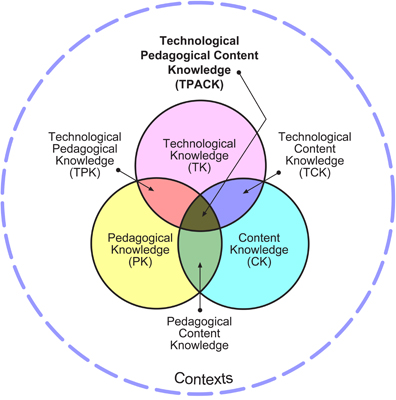As I think back on the idea that a classroom is like an ecosystem, I realize that I am writing words that are static about a system that can be anything but static. The beauty of an ecosystem is that organisms, environment, and energy naturally come to a state of equilibrium. Many people think that an equilibrium is a state where everything stops. In reality, it is where changes happen in all directions at the same speed. It is a dynamic time of change where is appears that there is no change. Like with your students, the most learning tends to happen when they have no idea that they are actually learning. Systems naturally reach an equilibrium as part of their design.
Most learning tends to happen when students have no idea that they are actually learning
The magic of equilibrium is that a system is stable because it is moving. A glass of water appears still, but the molecules on the surface are evaporating and condensing at the same rate. That motion keeps the water stable. When a stress is placed on a system, the movement allows the system to react to the stress. Drought, storms, wind, and erosion all affect an ecosystem, but the dynamic equilibrium adjusts to keep the system stable. When there is an action, there is a reaction.
Your classroom should be in an equilibrium. That is to say that your classroom will shift to account for the structure that best supports your lesson and objective. When you stress your class with a project, move it with a lab, or shake it with assessment and data driven methods that your classroom should be malleable enough to adjust to the changing needs of your class. Not every activity you do will be collaborative (nor should it), not every activity will be alone (nor should it) the learning objective should determine the pedagogy and that, in turn, should affect how your classroom is spaced. If your layout does not support your pedagogy and learning objective, then your ecosystem is not in equilibrium.
Your classroom should be in an equilibrium.



